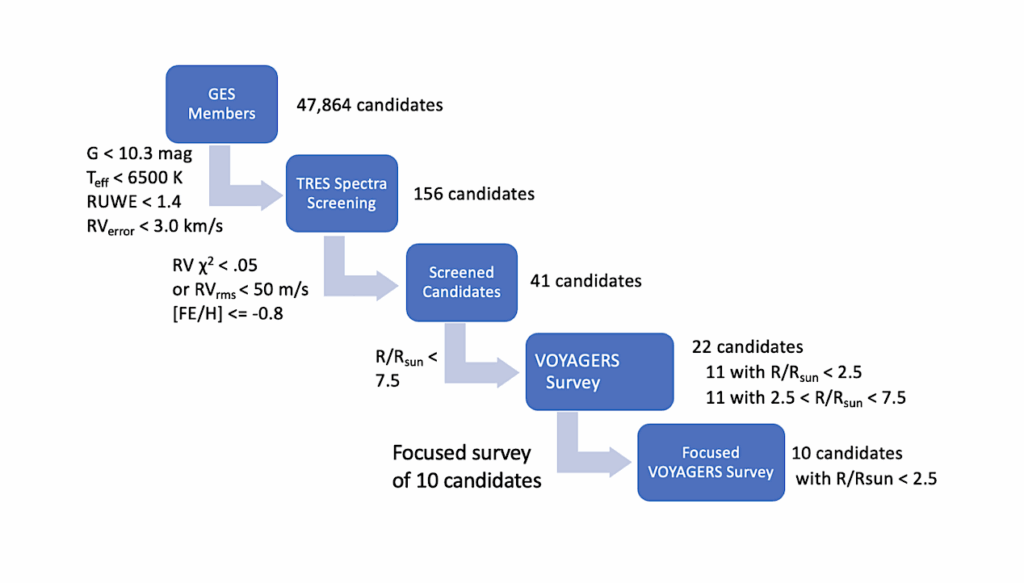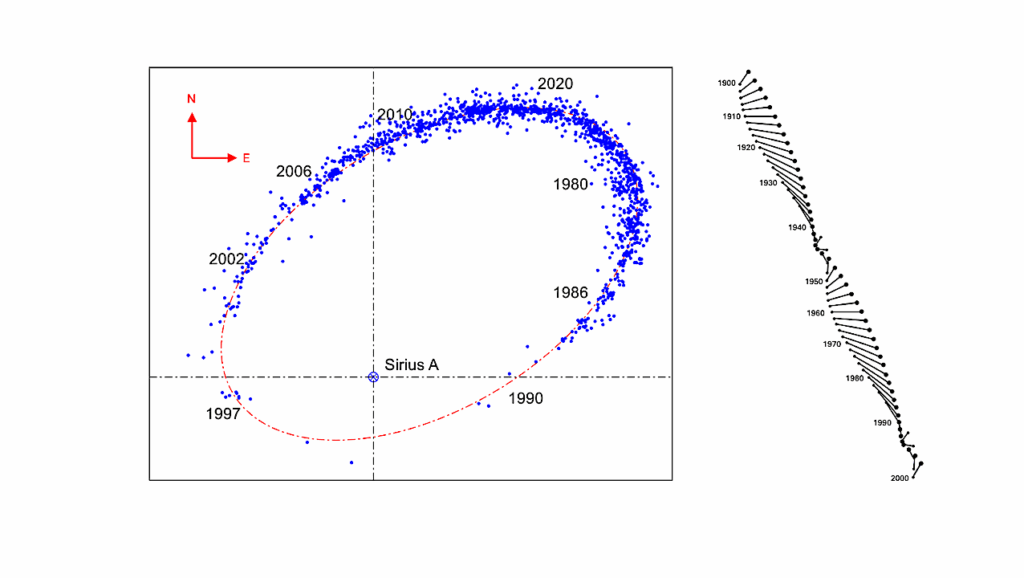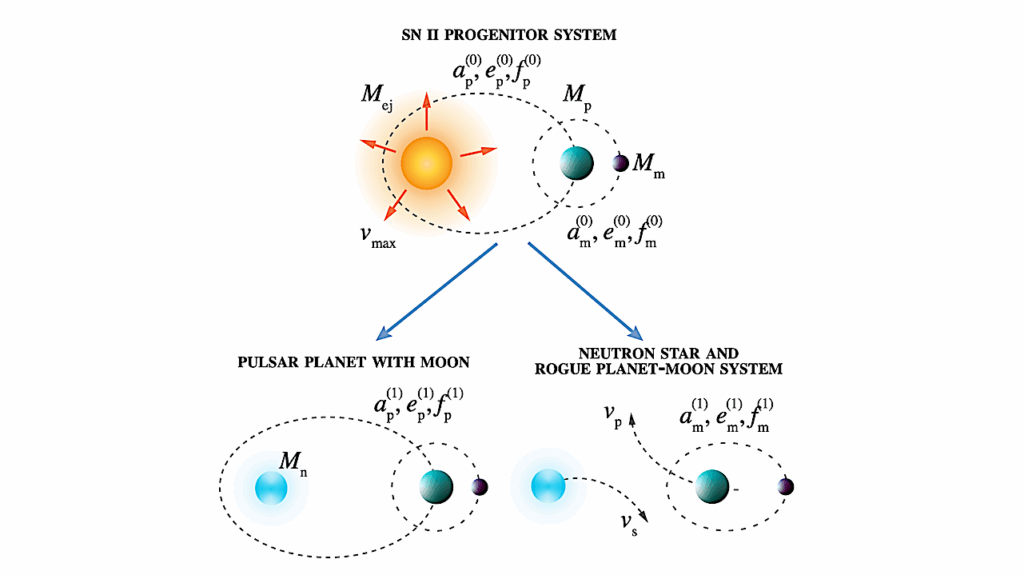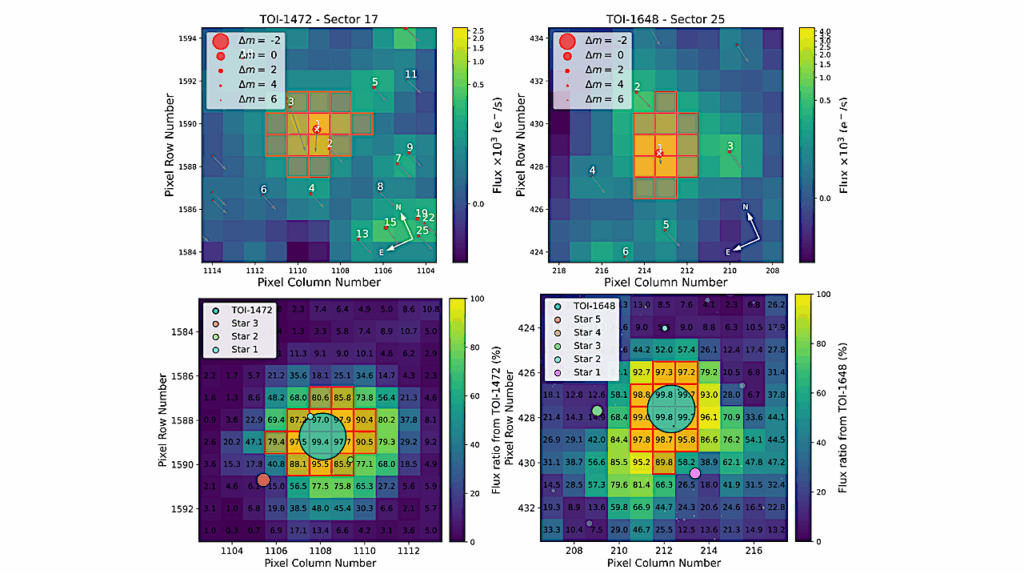Free-floating or wide-orbit? Keck Adaptive-optics Observations Reveal No Host Stars Near Free-Floating Planet Candidates
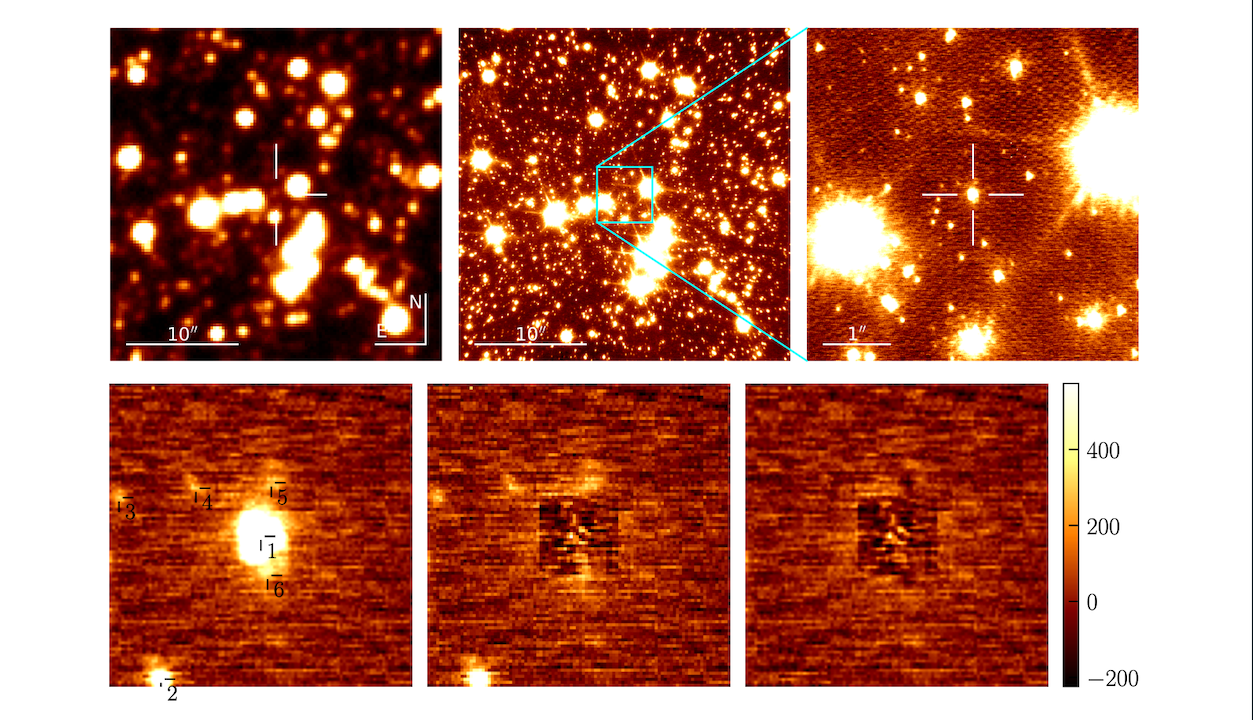
Recent detections of extremely short-timescale microlensing events imply the existence of a large population of Earth- to Neptune-mass planets that appear to have no host stars.
However, it is currently unknown whether these objects are truly free-floating planets or whether they are in wide orbits around a distant host star. Here, we present the analysis of high-resolution imaging observations of six free-floating planet candidates collected with the Keck telescope. If these candidates were actually wide-orbit planets, the light of the host would appear at a separation of 40-60 mas from the microlensing source star.
No such stars are detected. We carry out injection and recovery simulations to estimate the sensitivity to putative host stars at different separations. Depending on the object, the presented observations rule out 10-35% of potential hosts assuming that the probability of hosting a planet does not depend on the host mass.
If we assume that more massive stars are more likely to host a planet, we rule out 18-63% of potential hosts. We argue that deeper observations, for example with JWST, are needed to confidently confirm or refute the free-floating planet hypothesis.
P. Mroz, M. Ban, P. Marty, R. Poleski
Comments: submitted to AAS Journals
Subjects: Earth and Planetary Astrophysics (astro-ph.EP); Astrophysics of Galaxies (astro-ph.GA)
Cite as: arXiv:2303.04610 [astro-ph.EP] (or arXiv:2303.04610v1 [astro-ph.EP] for this version)
Submission history
From: Przemek Mroz
[v1] Wed, 8 Mar 2023 14:23:19 UTC (12,763 KB)
https://arxiv.org/abs/2303.04610
Astrobiology



